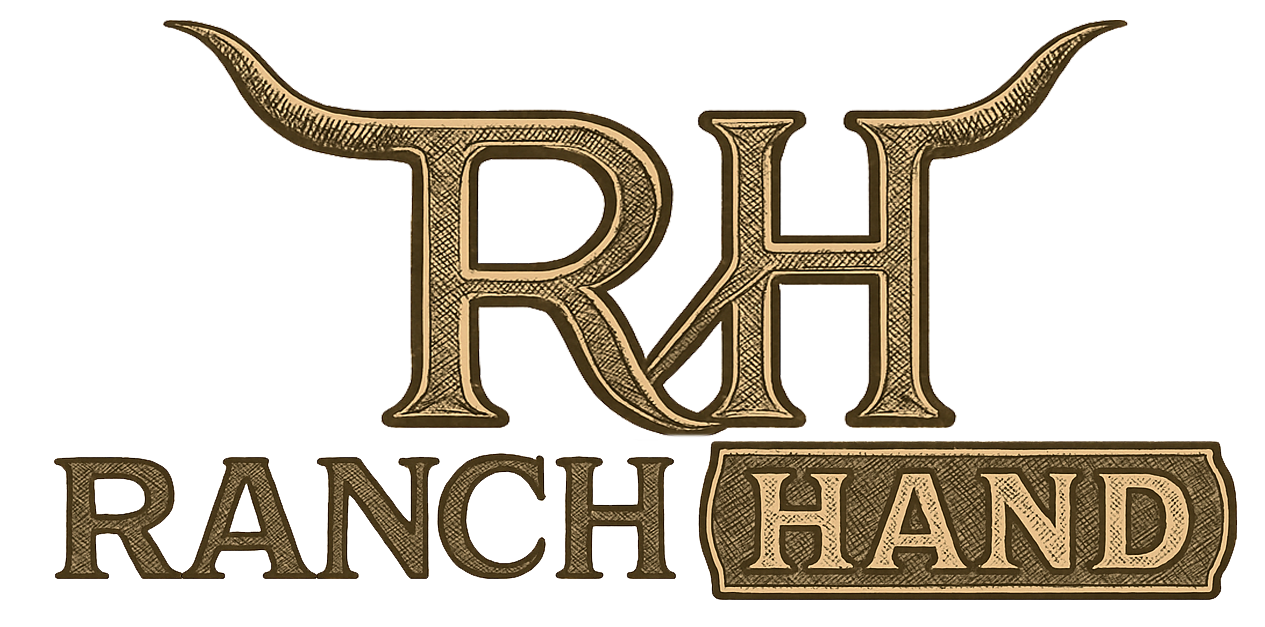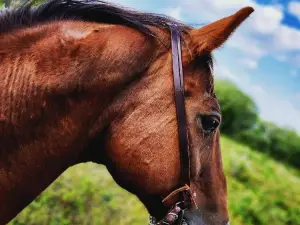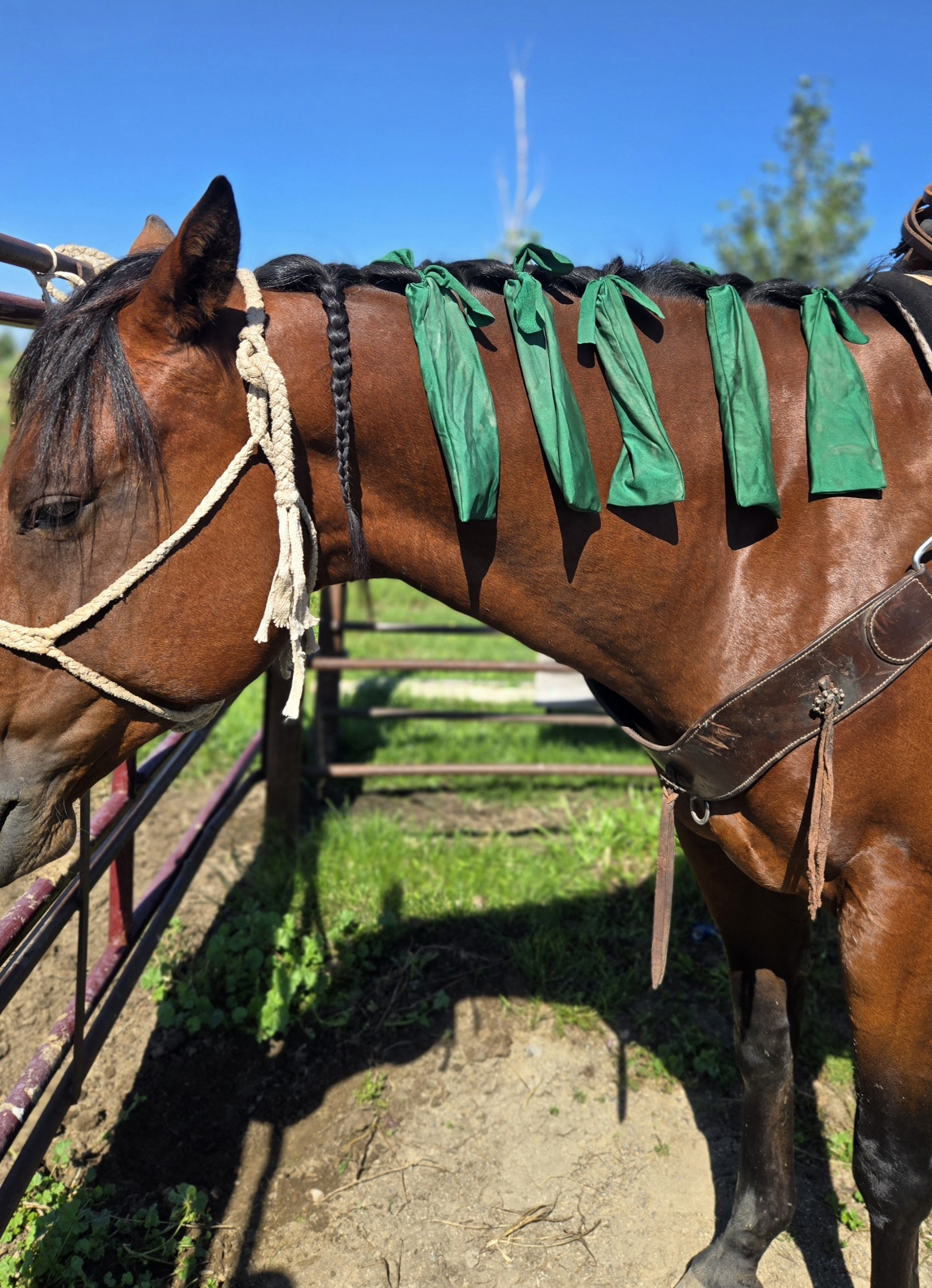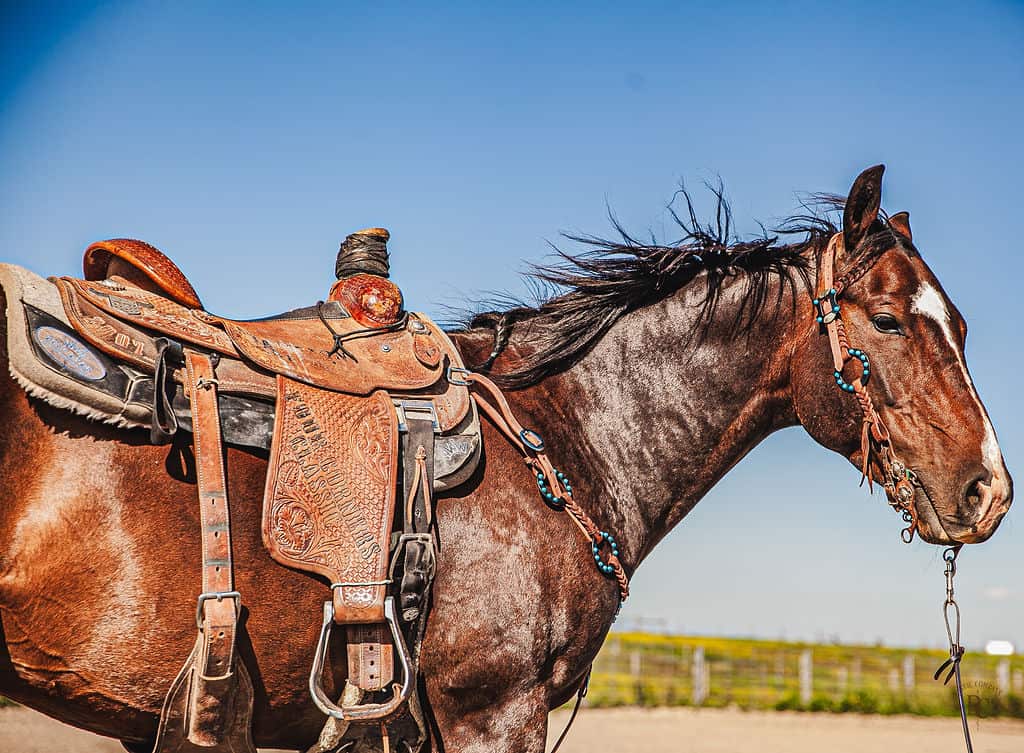If you’ve ever ridden a horse, you’ve probably seen or used a headstall. Headstalls for horses are more than just fancy leather straps. They help riders control their horses, give signals, and keep things safe. Whether you’re new to horseback riding or have years of experience, knowing which headstall works best makes a big difference.
Let’s start by getting clear on what a headstall is. It’s the part of the bridle that goes over a horse head and holds the bit in place. The headstall connects the bit and the reins, which the rider uses to guide the horse. No matter your style—Western, English, or something in between—your horse needs a headstall that fits well and works for the job.
What Is a Headstall?
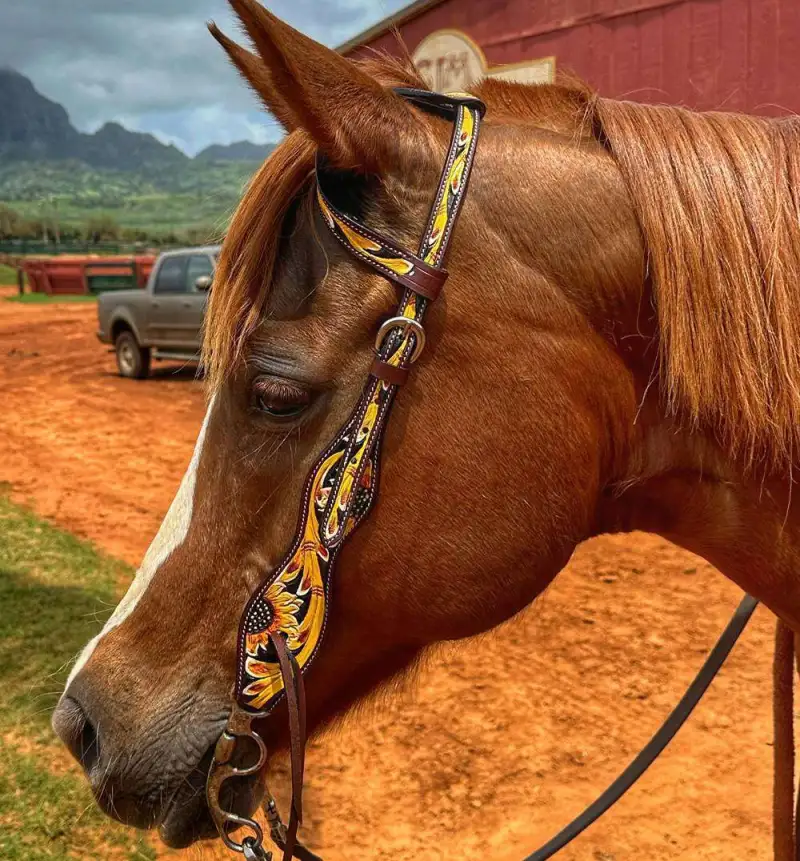
A headstall is like the framework of a bridle. It goes over the horse’s head and holds everything together. Most headstalls have a crownpiece (the top strap over the head), cheekpieces (sides of the face), a throatlatch (keeps the bridle from sliding off), and buckles to adjust the fit. In many Western styles, the headstall also holds a bit in the horse’s mouth, letting the rider send signals using reins.
Think of a headstall like a helmet strap—it keeps everything in the right place and makes sure it doesn’t fall off.
Popular Types of Headstalls
There’s no one-size-fits-all when it comes to headstalls. Each kind is made for a reason, and knowing the types helps you pick what’s best for your horse and riding style.
- Browband Headstall: This one has a strap that goes across the horse’s forehead, holding the rest of the headstall in place. It’s good for stability.
- One-Ear and Two-Ear Headstalls: These skip the browband and instead use loops over one or both ears. They’re popular in Western riding and are lighter.
- Side Pull Headstall: This bitless option gives control with pressure on the sides of the horse’s face. Great for young or sensitive horses.
- Futurity Knot Headstall: Known for its knot near the brow, it’s used in training and often has a rawhide or rope look.
- Bitless Headstalls: These use nosebands instead of bits. Better for horses with mouth issues or riders who prefer a gentler approach.
Choosing the Right Headstall for Your Horse
The best headstall depends on what kind of riding you do and what your horse needs. Here’s how to figure it out:
- Discipline: For trail riding, you might want something light and simple like a one-ear. For barrel racing, you need something that won’t slip. Reining and show events often call for a more decorated style.
- Temperament: If your horse is jumpy or young, go for a browband or side pull to avoid slipping.
- Comfort: Just like shoes, if it doesn’t fit, it’s a problem. A good headstall fits snugly but not tight. No pinching or rubbing.
Let’s say you’re training a young horse. You might start with a side pull so there’s no bit pressure, then move to a futurity knot headstall when you’re ready to add a bit.
Material Matters: Leather vs. Synthetic
Headstalls come in different materials, and each has its pros and cons.
- Leather: Looks great and lasts a long time if you take care of it. It molds to your horse’s shape over time. But it needs regular cleaning and conditioning.
- Synthetic (like nylon or biothane): Easier to clean and often cheaper. Great for rainy weather or everyday use. Not always as pretty as leather, but definitely practical.
Example: If you ride every day and want something low maintenance, synthetic is a smart choice. If you ride in shows and want a polished look, go leather.
Customization and Style
Let’s be honest—part of the fun is choosing a headstall that looks awesome.
- Tooled leather with designs, colorful beading, or silver accents can add flair.
- Some riders match headstalls with saddle pads, boots, and reins.
- Conchos, crystals, and custom nameplates let you add your personal touch.
It’s like picking out sneakers. Some folks want clean and simple; others go all-out flashy.
Proper Fit and Adjustment
An ill-fitting headstall can cause discomfort or even injury. Here’s how to get it right:
- The crownpiece should rest behind the ears, not press into them.
- Cheekpieces should line up with the corners of the horse’s mouth.
- The throatlatch should be snug but not tight—leave a finger’s width.
Take your time adjusting. It’s better to double-check than have your horse fussing mid-ride.
Maintenance and Care Tips
Keep your gear in shape so it lasts longer:
- Leather: Wipe down after rides, condition monthly, and store in a cool, dry place.
- Synthetic: Rinse with water, maybe use mild soap if dirty. Let it dry completely before storing.
Never store a headstall while it’s wet or dirty. That’s a fast way to ruin it.
Top Brands and Where to Buy
Here are some trusted names and shops where you can find high-quality headstalls:
- Ranch Hand: Known for rugged, reliable Western tack with authentic style.
- Weaver Leather: Known for solid Western tack.
- Tucker Saddlery: Great for trail riders.
- Circle Y: Offers stylish and sturdy headstalls.
- Professional’s Choice: Offers both training and show gear.
You can find these online at places like State Line Tack, SmartPak, or even Amazon. Local tack shops are also a great option, especially if you want to try gear before buying.
FAQs About Headstalls for Horses
Do all horses need headstalls with bits?
No. Some headstalls are bitless. These work with nosebands and pressure instead of a bit in the mouth.
What’s the difference between a bridle and a headstall?
A headstall is part of a bridle. The bridle includes the headstall, reins, and usually a bit.
How often should I clean my horse’s headstall?
Clean leather ones after every few rides. Synthetic ones can go longer but should be cleaned if muddy or sweaty.
Can I use the same headstall for different horses?
Yes, if it adjusts well and fits each horse properly. But it’s best for each horse to have one that fits just right.
What’s the best headstall for beginners?
Start with a basic browband or side pull. They’re easy to use and work well for many types of riding.
